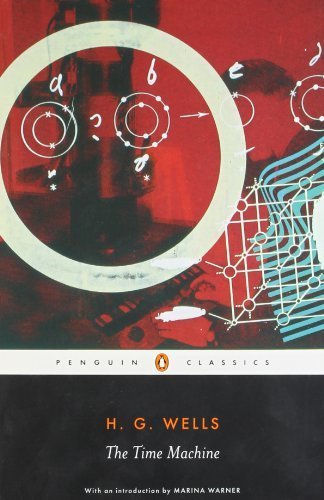 Writers are often advised to write what they know. Over time this has become prescriptive: write only what you know. If you are a white, middle-aged man, you can write only from the perspective of a white, middle-aged man.
Writers are often advised to write what they know. Over time this has become prescriptive: write only what you know. If you are a white, middle-aged man, you can write only from the perspective of a white, middle-aged man.
And yet it’s as reading that we gain access to the interiors of other people’s lived experiences. Why shouldn’t the same be true of writing? After all, isn’t a good imagination one of the key qualifiers for becoming a writer?
Often this requires sufficient research to make our portrayal as honest and respectful as possible. Occasionally it warrants immense leaps of creativity to invent and evoke an experience, and carry our readers along with us for the ride. Surely, our raison d’être is to lead the way on flights of fancy!
H.G. Wells achieved this with ease when he needed to supplement his income as a freelance journalist by writing and selling fiction (now, there’s a flight of fancy!) in 1895.
Ricocheting from an idea already being debated by students at the Royal College of Science that Time represented a fourth dimension, Wells published The Time Machine in 1895. After a rather ponderous start, this novella powers into a dizzy story that seems to draw from impressions of sea-sicknesses, fevered dreams and inebriation.
“The night came like the turning out of a lamp, and in another moment came tomorrow. The laboratory grew faint and hazy, then fainter and ever fainter. Tomorrow night came black, then day again, night again, day again, faster and faster still. An eddying murmur filled my ears, and a strange, dumb confusedness descended on my mind.”
